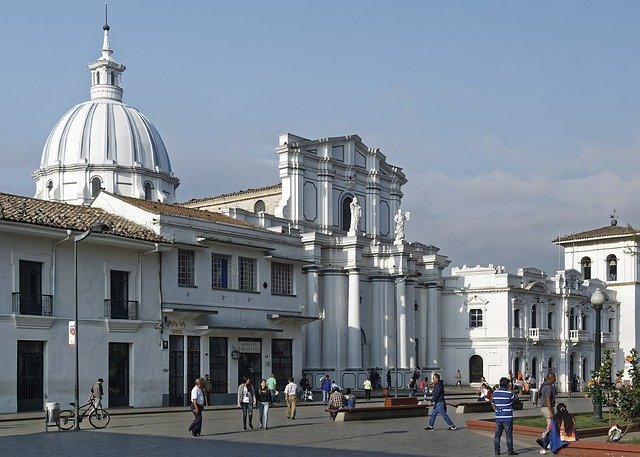Los habitantes de las Islas Vírgenes Norteamericanas se convirtieron en ciudadanos de los Estados Unidos en 1927.

Although due to the pandemic caused by the Covid-19, many liturgical celebrations have been restricted to avoid contagion, it is worth referring to the processions of Holy Week in Popayán, Colombia, for their values, recognized by UNESCO that inscribed them on the list of Intangible Cultural Heritage of Humanity in 2009.
It goes back many years, back in the 16th century, and they travel about two kilometers in what represents a beautiful image that attests to the religiosity of this Colombian city. Several parishioners carry on their shoulders statues representing various episodes of the Gospels and the passion and death of Jesus Christ.
In the so-called 'White City' five processions leave during Holy Week, in equal number of days from Tuesday to Saturday, as part of the liturgical celebrations and religious feast dedicated to the Virgin Mary, Jesus Christ, the Holy Cross, the Holy Burial and the Resurrection.
According to testimonies collected it is stated that the oldest of the processions in the city of Popayán, Colombia, dates from 1558, when during Holy Thursday and Good Friday the most notable Catholics of the city went out as penitents behind the processions, Flogging, carrying crosses and performing other penances.
UNESCO has recognized four cultural expressions as World Heritage Sites in Colombia, the Holy Week in Popayán, the Black and White Carnival in the city of San Juan de Pasto, the Barranquilla Carnival and the cultural space of San Basilio de Palenque in the Colombian Caribbean.

Los habitantes de las Islas Vírgenes Norteamericanas se convirtieron en ciudadanos de los Estados Unidos en 1927.